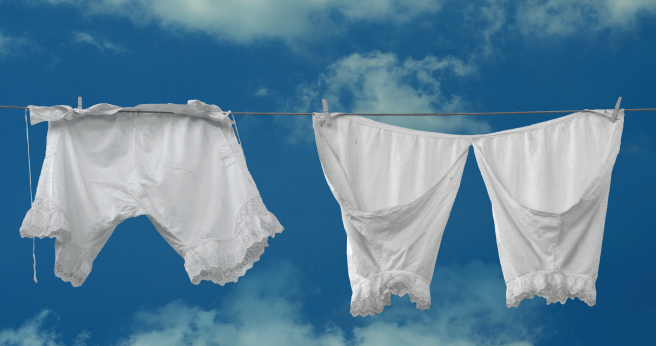Fabrics are an investment! We know you want to keep them in pristine condition as long as possible. Just as every fabric has its own purpose, they also have their unique characteristics that need to be considered. Get the tips you need on all types of fabric care with Chicago Canvas & Supply’s ultimate guide.
Fabric Care Tips
We all know the sinking feeling of ruining a fabric, whether it be using the wrong chemical on it or shrinking it to a comical-like size. You can use these fabric care tips to help avoid some common mistakes.

1. Do your research.
You have a lot of options. Everybody has a unique situation with different limitations, whether it be budget, space, or certain fabric qualities (waterproof, flame retardant, sound absorbing, etc.). Make sure the fabric you want to buy will best accomplish what you want within your limitations.
2. Get the right fabric for your application.
Many fabrics, like tarps, for example, have several different varieties. You need to make sure you do your due diligence when shopping to ensure what your getting will accomplish what you need.
3. Talk to an expert.
We understand that, with all the fabric choices, finding the right one can be overwhelming. So, why struggle? Talk to a fabric professional about your needs to save time and get the fabric that’s best-suited for your project.
Fabric Care FAQs
After being in business for over 75 years, we’ve pretty much heard it all. We’ve put together some of our top fabric FAQs to help your project go off without a hitch.
What’s the right way to store fabric?
Store fabric is a dry, cool place and avoid storing in direct sunlight. Always ensure fabric is dry before putting it away.
Which fabrics shrink?
Cotton, flannel, wool, linen and silk will shrink, so always wash these in cold water. Synthetic (acrylic, polyester, nylon, spandex) and tight-knit fabrics are less likely to shrink.
Can I wash this?
- Do you wash fabric before sewing? It’s recommended to pre-wash all fabric before sewing, especially if you’re using multiple fabrics. A yard of fabric may shrink up to half an inch, so keep that in mind when ordering.
- How can I pre-wash my fabric? Get the specific washing instructions for your fabric.
- Can I wash synthetic fabrics? Yes; Machine-wash synthetic fabrics in warm water with mild detergent.
- Can I wash muslin? Yes, at home with cold water and mild detergent. You will get creases after.
- Can I wash drop cloth? Many opt to wash and bleach their painters drop cloth before use to loosen up the stiffness of the fabric. Find out how here: Dropcloth Upholstery 101
- Can I wash wool? Treat wool with care. It’s known to shrink even more than cotton, and even after multiple washes. You can wash wool by hand and let it air dry. It’s best to take fine wool fabric to the dry cleaner.
- Can I wash linen? Yes, you can wash linen in your washing machine, but expect wrinkles.
- Can I wash rayon? Rayon can be hand washed with cold water and mild detergent or taken to the dry cleaner.
What’s the best way to clean tarps?
Vinyl, poly and canvas tarps can be hosed down. For tough stains, add some vinegar or mild detergent and clean with a sponge or scrub brush.
Learn more about the best way to clean tarps here: Tarp Repair Maintenance Tips
Can I iron my fabric?
Usually, it’s recommended to iron your fabric to ensure everything is neat and tidy for what you’re doing.
Need to know the right temperature? Thespruce.com has some tips you can refer to.
Which cleaners can I use?
Some stains require chemicals to remove. Always be sure check to see if the cleaner you want to use doesn’t have bleach. The milder the solution, the better.
Will the color bleed/fade?
Fabrics usually fade when they’re exposed to sunlight/heat, washed too much, or treated roughly. Color bleeding usually happens when the fabric has been washed in water that’s too hot. So if you’re worried, wash in cold water.





